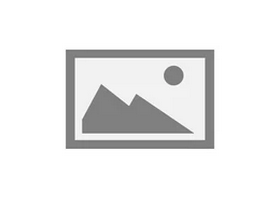A Beginner’s Guide to Websites
Websites are at the core of our digital lives, offering a variety of services from sharing information to ecommerce to social media. However, it can be difficult to understand how they work in technical terms, especially for those who aren’t tech-savvy. This guide explains the basics of websites, from how they’re built to how they function, so you can have an informed conversation about what a website is and why you need one.
A website is a collection of web pages that can be accessed using a computer browser, typically by typing the URL into the address bar. Each web page can have text, images or videos. Together, the pages of a website are organized around a topic or purpose, such as news, education, commerce, entertainment and social media. Web pages use a specific computer coding language called HyperText Markup Language (HTML) to display content on a screen.
When a person with an internet connection types in the address of a website, the browser communicates with the server to retrieve the HTML code, CSS files and JavaScript files that make up the site. The browser then displays the content of the webpage on its user’s screen. This process is referred to as rendering, and it happens instantly, allowing the website to be viewed by any user who has access to the internet.
There are many different types of websites, from simple five-page brochure sites to complex ecommerce platforms like Amazon or Etsy. Most websites share certain characteristics, though, including the navigation menus, forms and content sections. Other important factors include the technology — a website can be static, dynamic or built with a CMS (Content Management System) like WordPress.
The most common type of website is a corporate or business site, created to showcase the products and services of an organization. This is often paired with a blog and social media links to generate traffic and engagement. Another popular type of website is a personal blog, a space for writers to share their opinions and experiences online. These sites are often categorized by their political or social leanings and may be collaborative, with multiple authors contributing to the same site.
A website is a powerful tool that can help businesses and individuals promote themselves, build brand awareness and increase sales. It’s also a way for people to carve out their identity in the digital landscape by establishing their professional reputation, sharing their creative work or simply demonstrating their personalities. A website is accessible 24/7, making it an ideal platform for anyone seeking a more visible and influential presence. The key to building a successful website is understanding what you want yours to achieve and how it will be used by your audience. This will inform your choice of the best design and layout for your site.
